Order: Passeriformes. Family: Hirundinidae
Description
15-10 cm long. It has dark blue upperparts with a red rump and a rufous-chestnut crown, nape and sides of the head. The underparts are white with dark streaking, and the upper wings and underwing flight feathers are blackish-brown. The underwing coverts are tawny. The blackish tail has very long outer feathers; these are slightly longer in the male than the female.
Juveniles are duller and browner, with less contrast and shorter outer tail feathers.
Similar species: Differs from the similar Greater Striped Swallow in its smaller size and bolder markings.
Distribution
It occurs across much of sub-Saharan Africa from Guinea and Ethiopia down to southern Africa. Here it is common in the eastern half of the region, including Zimbabwe, Mozambique, northern and eastern Botswana, Kruger National Park, Swaziland, KwaZulu-Natal and the Eastern Cape. It breeds in sub-Saharan Africa from Sierra Leone and southern Sudan south into eastern South Africa. It is partially migratory with South African birds wintering further north. West African birds leave the north of the breeding range in the dry season.

Habitat
It generally favours open habitats such as grassland, savanna, forest edges and clearings, open water (e.g. over a lake), gallery forest, rural settlements and cultivated land.
Movements
This species is largely a summer-breeding migrant in South Africa, but some birds are present throughout the year, especially in the lower-lying eastern areas along the KwaZulu-Natal coast and in the lowveld of the Transvaal and Swaziland. In the Caprivi Strip, the Okavango region, Chobe and Linyanti rivers, and the Zambezi upstream from Victoria Falls, the distinct race H. a. ampliformis is primarily a winter-breeding visitor, mainly from March–October. The departure of birds from their breeding grounds is spread over several weeks and is probably influenced by the stage of breeding of individuals. Populations start to decline as early as February–March in most regions. Some nests in the northern Kruger National Park were occupied throughout the year but different individuals used the nests during the summer and winter months.
Diet
It mainly eats arthropods, supplemented occasionally with fruit and seeds. Most foraging is done aerially, but it may descend onto a tree to feed on fruit or seeds, flapping its wings to balance.
Breeding
Both sexes construct the nest, which is a bowl-shaped mud nest with a tubular entrance built of mud pellets and lined with grass and feathers. It is often placed in a man-made structure, such as a building or bridge, but it can also be positioned under a rock overhang or cavity in a branch or trunk of a tree. The same nest site used over multiple breeding seasons, each year it is either rebuilt or repaired before the eggs are laid. Laying dates vary greatly over its distribution, but egg-laying season is mainly from October-May. It lays 2-4, usually 3 glossy white (sometimes with a few brown spots) eggs, which are incubated solely by the female for 14-21 days. The chicks are fed regularly by both parents, leaving the nest after approximately 17-18 days. The fledglings are still dependent on their parents for 3-4 more weeks, roosting in their nest and eating the food brought to them.
A summer-breeding pattern is shown by the race unitatis in the eastern Cape Province, KwaZulu-Natal and Transvaal, with most breeding recorded August–May and peaking November–December. Breeding starts earlier in the Transvaal than in the eastern Cape Province. In Namibia and northern Botswana, breeding was recorded March–October for ampliformis.
Call
A descending series of squeaky, nasal zeh-zeh-zeh notes. Listen to Bird Call.
Status
Common resident and summer visitor.



 © Toko
© Toko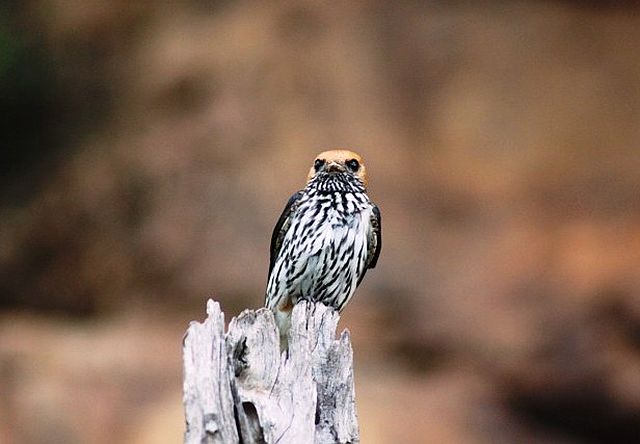 © Heksie
© Heksie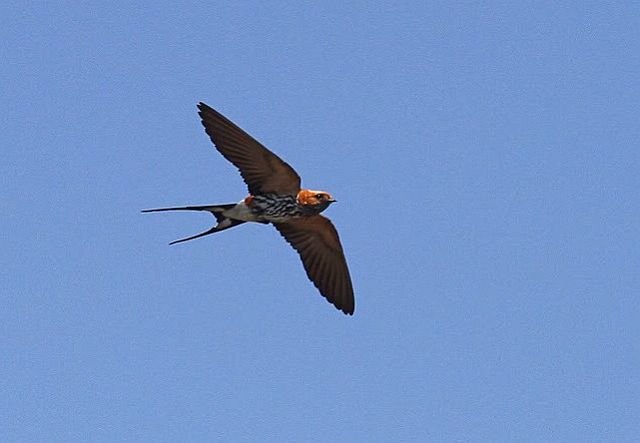 © leachy
© leachy © Flutterby
© Flutterby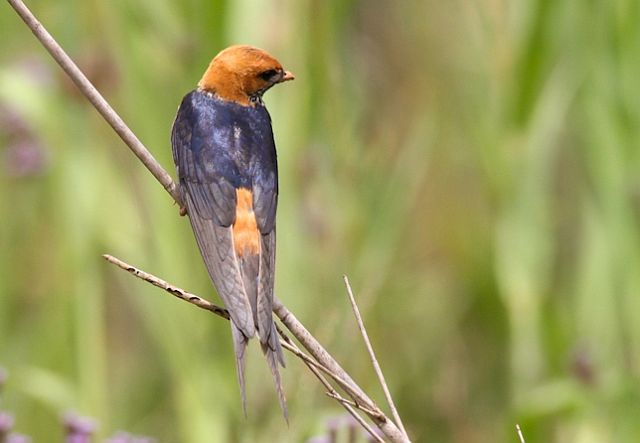 © Super Mongoose
© Super Mongoose
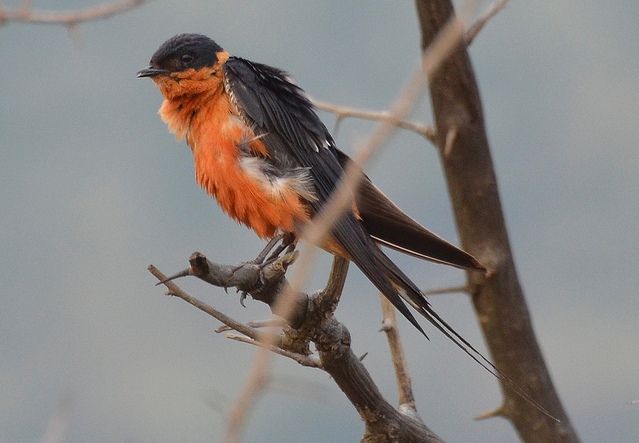 © Grumpy
© Grumpy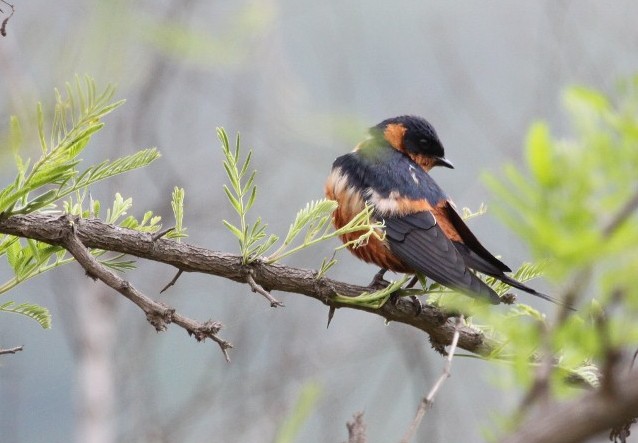 © nan
© nan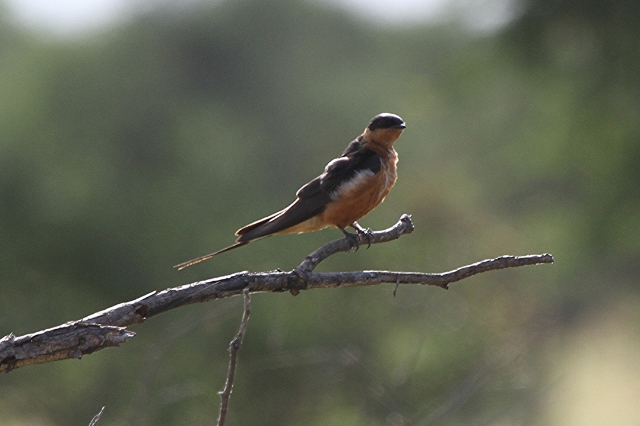 © Tina
© Tina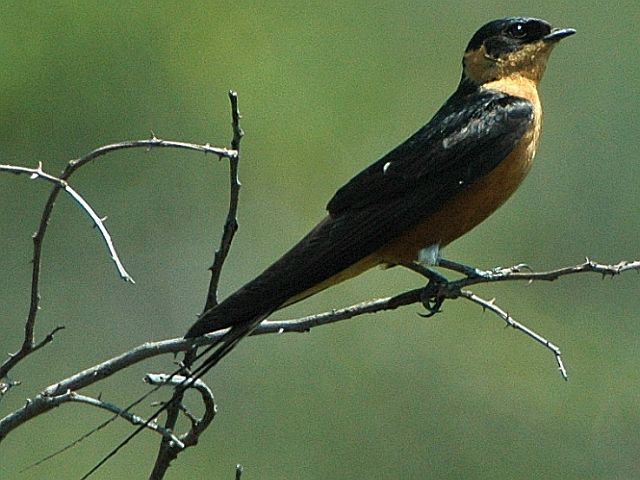 © Penga Ndlovu
© Penga Ndlovu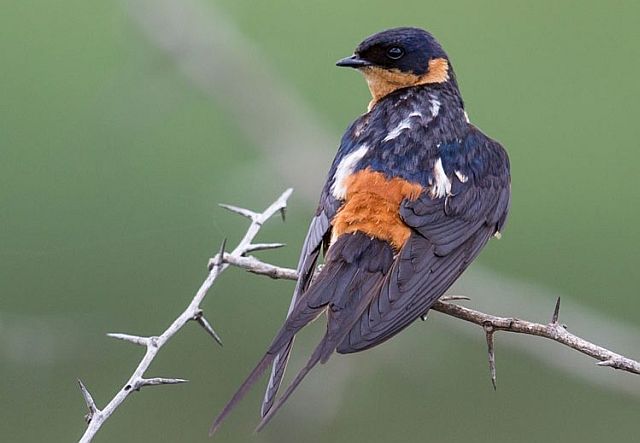 © Pumbaa
© Pumbaa  © Amoli
© Amoli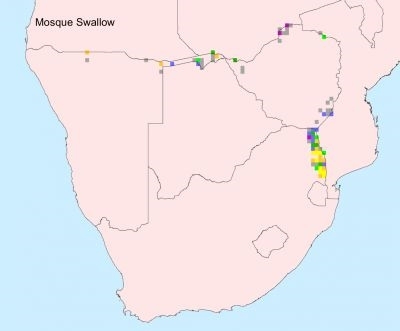
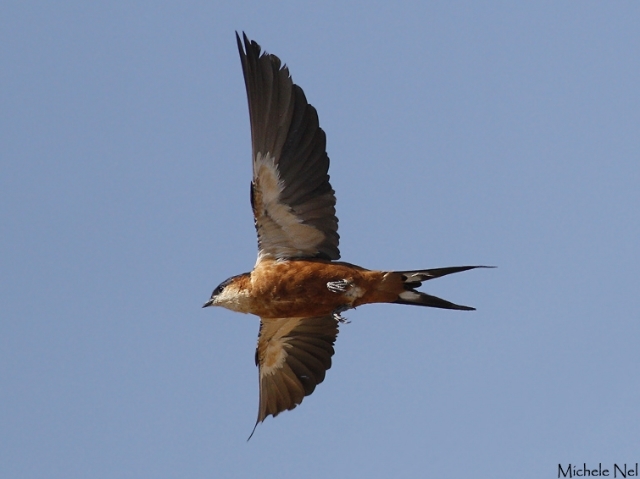 © Michele Nel
© Michele Nel © leachy
© leachy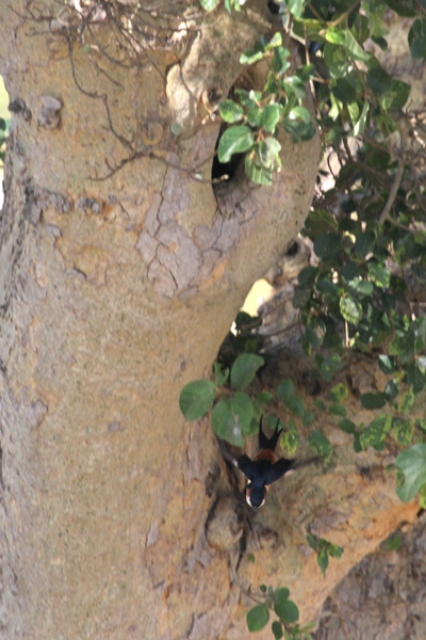 © leachy
© leachy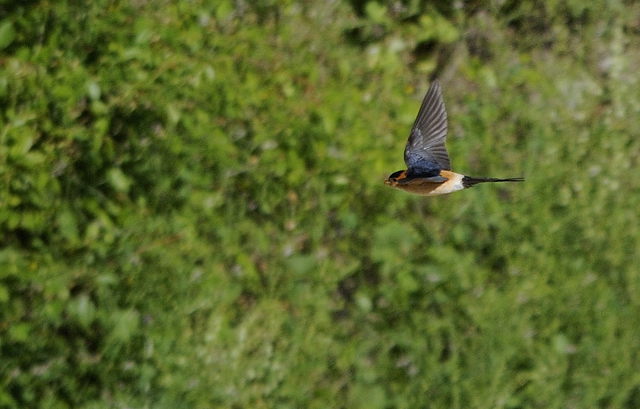
 © nan
© nan © nan
© nan © nan
© nan © nan
© nan